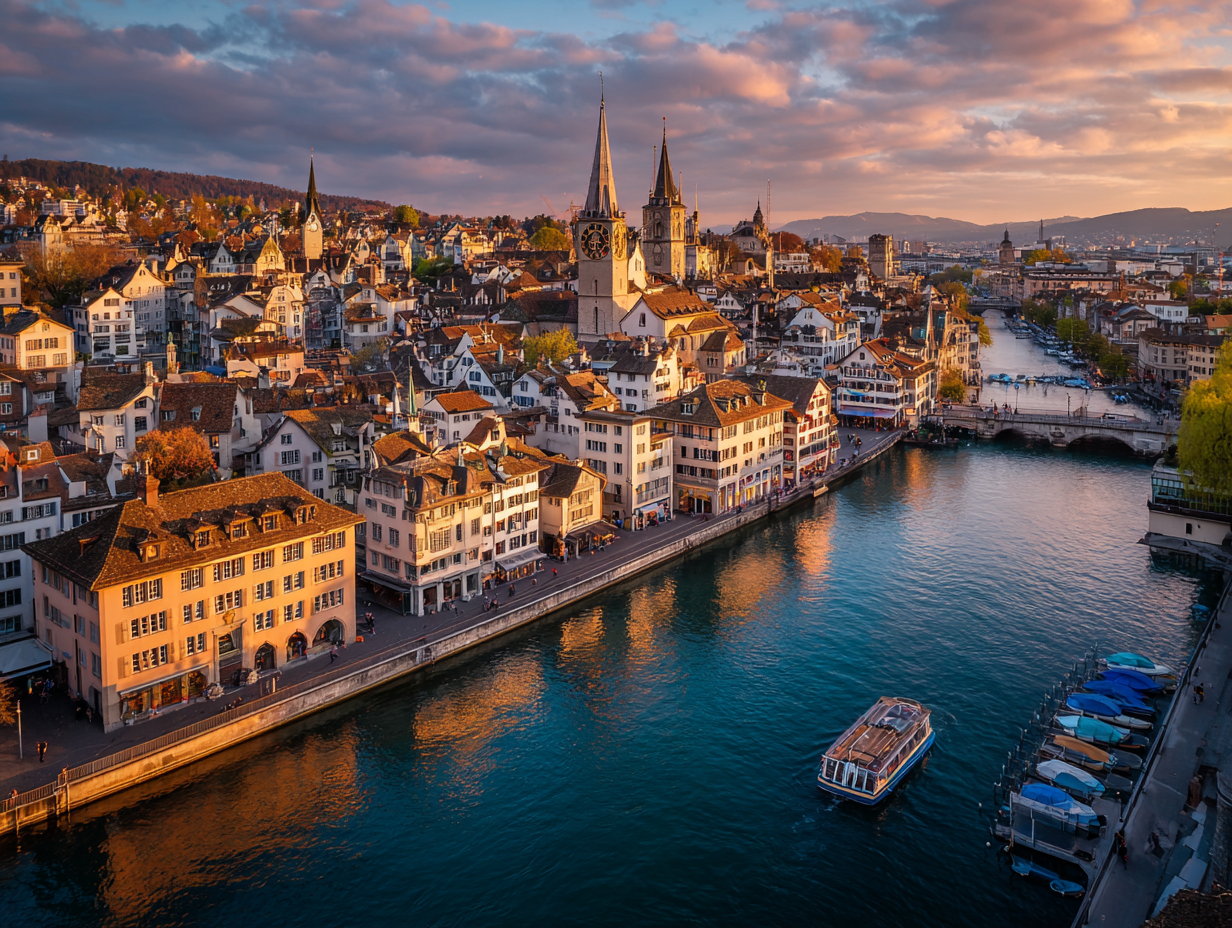While it may seem unnecessary, making a travel checklist can actually save you from last-minute travel disasters.
Every seasoned traveller would agree that the quality of a travel experience often depends on your luggage and packing. Forgotten essentials, overstuffed suitcases, missing paperwork, or an incompatible charger—packing right is an art. National Geographic notes that well-thought-out, pre-planned packing can significantly reduce travel stress. Here are a few tips to help you have a smoother journey. A 2024 Behavioural Science & Digital Health trial also showed that travellers using packing checklists experience 40% less anxiety and 50% fewer forgotten items than those who pack without guidance.
1. Pack light and smart
With many travel plans centred on capturing the perfect Instagram picture, overflowing luggage has become a common problem. However, for a truly stress-free experience, the golden rule of packing is to take half the clothes you were planning to bring and twice the money. This not only lightens your load but also leaves room for local fashion finds to make it into your suitcase. Pack versatile clothing, especially in neutral colours and wrinkle-resistant fabrics, that can be layered and mixed to reduce the need for multiple outfits.
2. Use packing cubes or organisers
Whether it’s your wardrobe or your suitcase, compartmentalisation works wonders. Studies in cognitive psychology suggest that proper organisation reduces mental load, freeing up resources for other tasks and lowering stress. The same principle applies to travel: packing cubes or organisers help maximise luggage space and make it easy to find what you need without rummaging in a panic.
3. Carry travel-sized toiletries
There’s no need to carry unnecessary weight with full-sized toiletries, especially for short trips. Use small refillable bottles to pack your favourite lotions, hair care products, and more without straining your shoulders. Smaller bottles also reduce the risk of spills and leaks. Additionally, many airlines have strict rules about liquids, gels, and creams—selective packing helps you comply without sacrificing your essentials.
4. Prepare a “must-have” carry-on bag
Whether travelling by road, air, train, or cruising through your destination, it’s impractical to carry your main luggage everywhere. With frequent complaints of lost, delayed, or even stolen luggage, dividing your belongings becomes essential. Keep a separate carry-on bag with all your essentials handy: important documents, medications, a change of clothes, electronics, chargers, and snacks. For international trips, passports, visas, and travel insurance documents should be easily accessible at all times.
5. Make a checklist
While it may seem unnecessary, making a travel checklist can actually save you from last-minute travel disasters. Whether it’s a toothbrush, a makeup essential, or an adapter plug, creating your checklist in advance helps you avoid the rush. You can categorise it into sections like clothing, toiletries, electronics, documents, and accessories. It also prevents overpacking and ensures that you don’t leave behind important items, including clothes, gadgets, travel-sized toiletries, and personal essentials. For added convenience, keep a digital copy of your checklist on your phone for easy reference.



